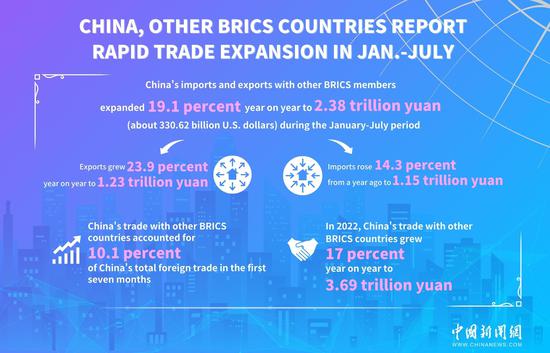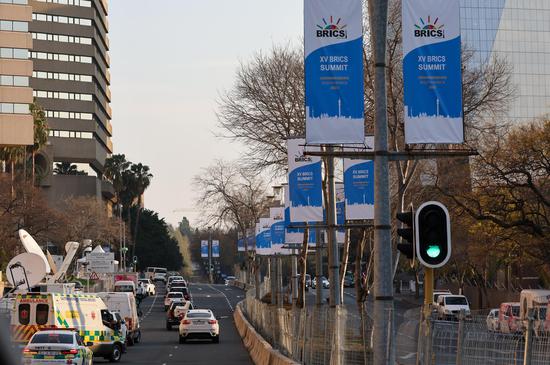In 2023, China's early-season rice yielding is estimated to increase slightly, recording a rising unit production despite a small decline in sown area, according to sampling survey results for early-season rice planting in 10 provinces and regions released by China's National Bureau of Statistics (NBS).
China's increased early-season rice output has created a solid foundation for stabilizing annual grain production.
According to the NBS, total output of early-season rice in China this year reached 28.337 million tons, an increase of 215,000 tons or 0.8 percent compared to 2022.
The country's early-season rice planting area stood at 4.733 million hectares, a decrease of 219,000 hectares or 0.5 percent compared to the previous year.
China's early-season rice sown areas remain largely stable as local governments have implemented policies such as national rice subsidies and one-time support for grain farmers, and introduced supporting measures to put a floor under the income of farmers. However, extended drought in autumn and winter in South China last year had affected the timely planting of early-season rice, resulting in a slight decrease in the planting of early-season rice.
Although the sown area of early-season rice in China shrank in 2023, unit production had reached 5,987 kilograms per hectare, an increase of 72.7 kilograms per hectare or 1.2 percent compared to 2022.
During the growing season for early-season rice, weather conditions in the main sown areas remain generally conducive to the growth and production of early-season rice. Together with the relatively mild impact of natural disasters this year, the higher average temperature during the sowing and seedling period had resulted in an increased estimation of overall production.


















































 京公网安备 11010202009201号
京公网安备 11010202009201号